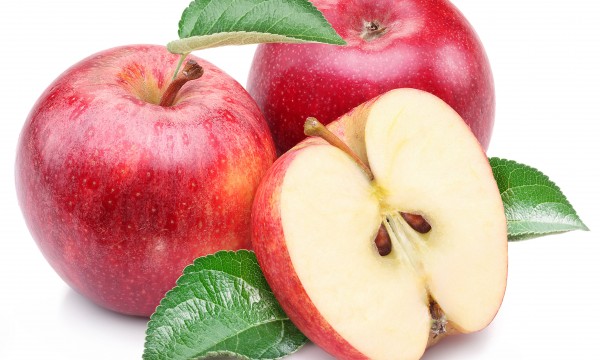Many recipes interchange apple juice for apple cider, but can you tell one from the other? Read on for an explanation of the difference between apple cider and apple juice, recommendations on which to look for when and suggestions on how to use them.
- Browse Categories
- All Tips
-
Home & Garden
- All
- Appliances
- Bathroom
- Cleaning
- Crafts
- Decorating
- Electrical
- Flooring
- Furniture
- Garage Door
- Gardening
- Green Living
- Heating
- Home Alarm Systems
- Home Maintenance
- Home Remedies
- Home Security
- Home Staging
- House Sitting
- Junk Removal
- Kitchen
- Lawn Care
- Lock Systems
- Moving
- Outdoor Living
- Pest Control
- Plumbing
- Renovation
- Roofing
- Snow Removal
- Storage
- Tools
- Tree Service
- Health
- Family
- Travel
- Auto
- More Tips
Your account is now active!

Tips on the differences between apple juice and apple cider
October 13, 2015

1. The difference between cider and juice
- In some places, the difference is in the labelling.
- Apple juice is often a clear, filtered and pasteurized beverage, to which some producers add sweeteners or water.
- Some producers label juice from early-season apples as cider, while others label juice and cider interchangeably.
- At farm stands and farmer's markets, apple cider is most often an unfiltered, unsweetened, non-alcoholic, opaque beverage that is seasonally produced in fall and highly perishable.
- In many parts of Canada, cider refers to the fermented alcoholic version of the beverage, with the non-alcoholic variant sometimes called soft cider or sweet cider.
2. When to look for cider and when to look for juice
- In terms of the non-alcoholic varieties, choosing between the two depends on your preference.
- For drinking, do you prefer the sweeter, more uniform flavours of filtered juice or the raw, fresh-pressed rendition?
- For cooking, the two may be interchanged, but if you're set on cider and the ambiguous labelling confuses you, look for a cloudier, less filtered bottle among your grocer's selections.
- Better yet, procure cider straight from the apple orchard in the fall.
3. Uses for apple juice
- Cook oatmeal in apple juice instead of water, or use it in equal parts with chicken broth as base for a sausage, onion and white bean soup.
- For a sweet treat, boil apple juice, reducing it to a thick caramel; stir in butter; pour the mixture over popped popcorn; toss, cool, and munch.
- Massage your scalp with apple juice to help control dandruff. You can also use one part juice to two parts water as a final rinse.
- Finally, add smoky apple flavour to grilled meats by cooking with wood chips soaked in apple juice.
4. Uses for apple cider
- To enjoy classic mulled cider, heat soft cider with orange zest, cinnamon sticks and cloves in a saucepan.
- Or, combine a Swiss cheese such as Gruyere with cider to make a creamy fondue in which to dip cubes of bread and apple slices.
- Braise pork in cider, glaze meatballs with cider, and freeze cider, cider spices and chopped fresh rosemary into ice pops.
- Finally, don't forget apple cider donuts, made from sweet cider that's been reduced and blended into cinnamon- and nutmeg-spiced fried dough.
- How 'bout them apples?
National advertising powered by Mediative.com. Yellow PagesTM, Walking Fingers & DesignTM, YP.caTM, Find. & DesignTM, YellowPages.caTM, Canada411TM and YP ShopwiseTM are trademarks of Yellow Pages Digital & Media Solutions Limited in Canada. All other trademarks are the property of their respective owners. Copyright © 2018 Yellow Pages Digital & Media Solutions Limited. All Rights Reserved.
More Tips
The material on this website is provided for entertainment, informational and educational purposes only and should never act as a substitute to the advice of an applicable professional. Use of this website is subject to our terms of use and privacy policy.






